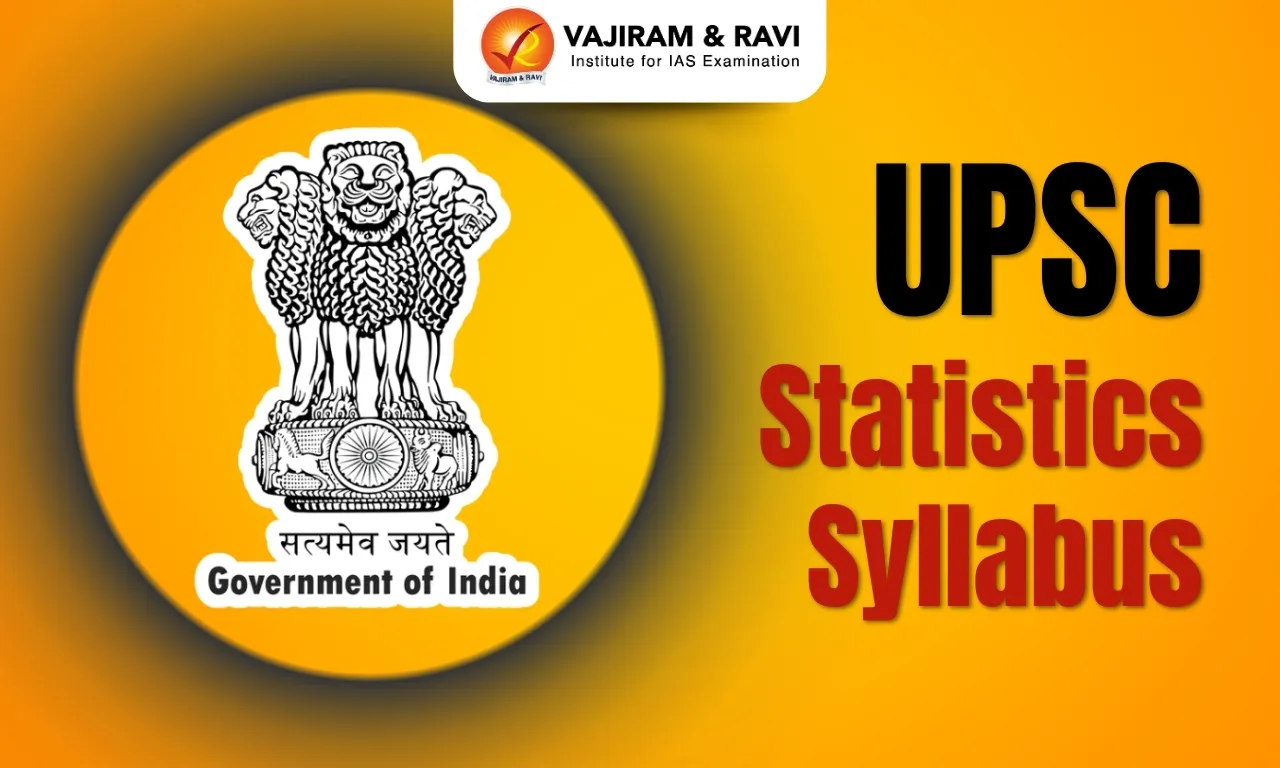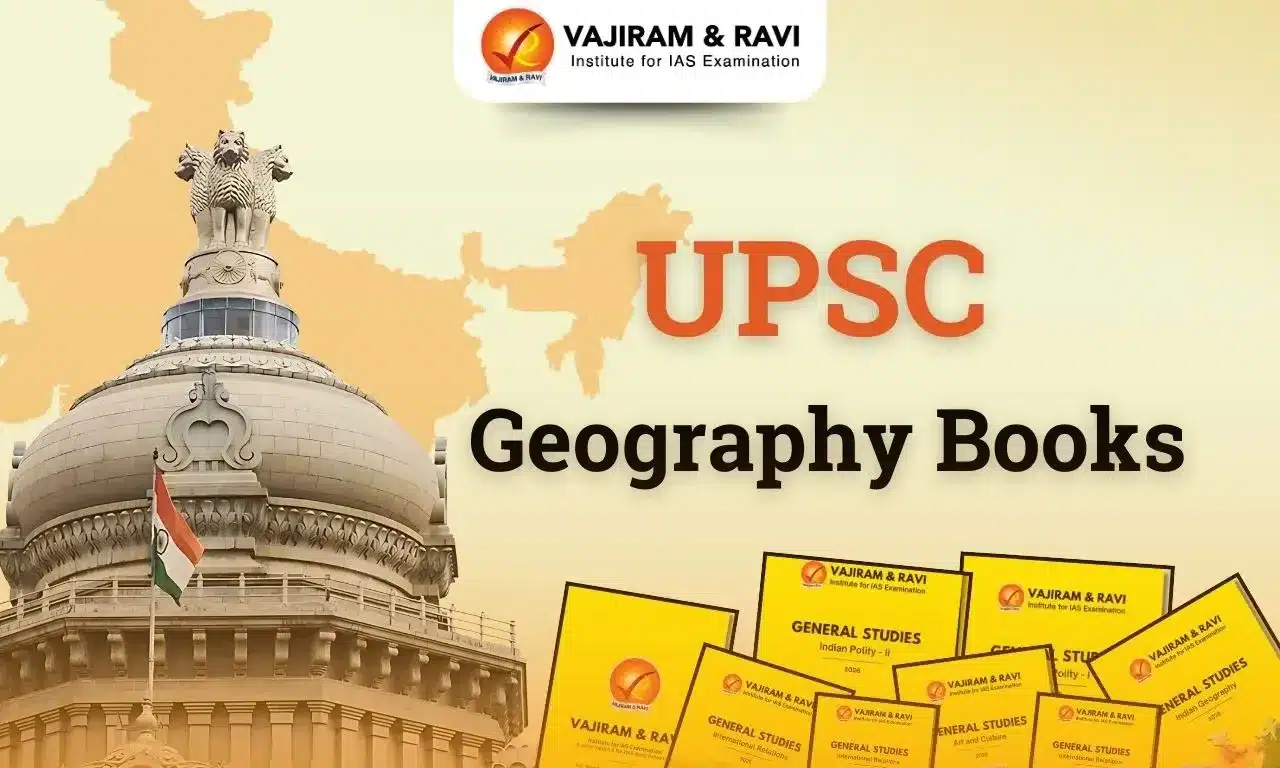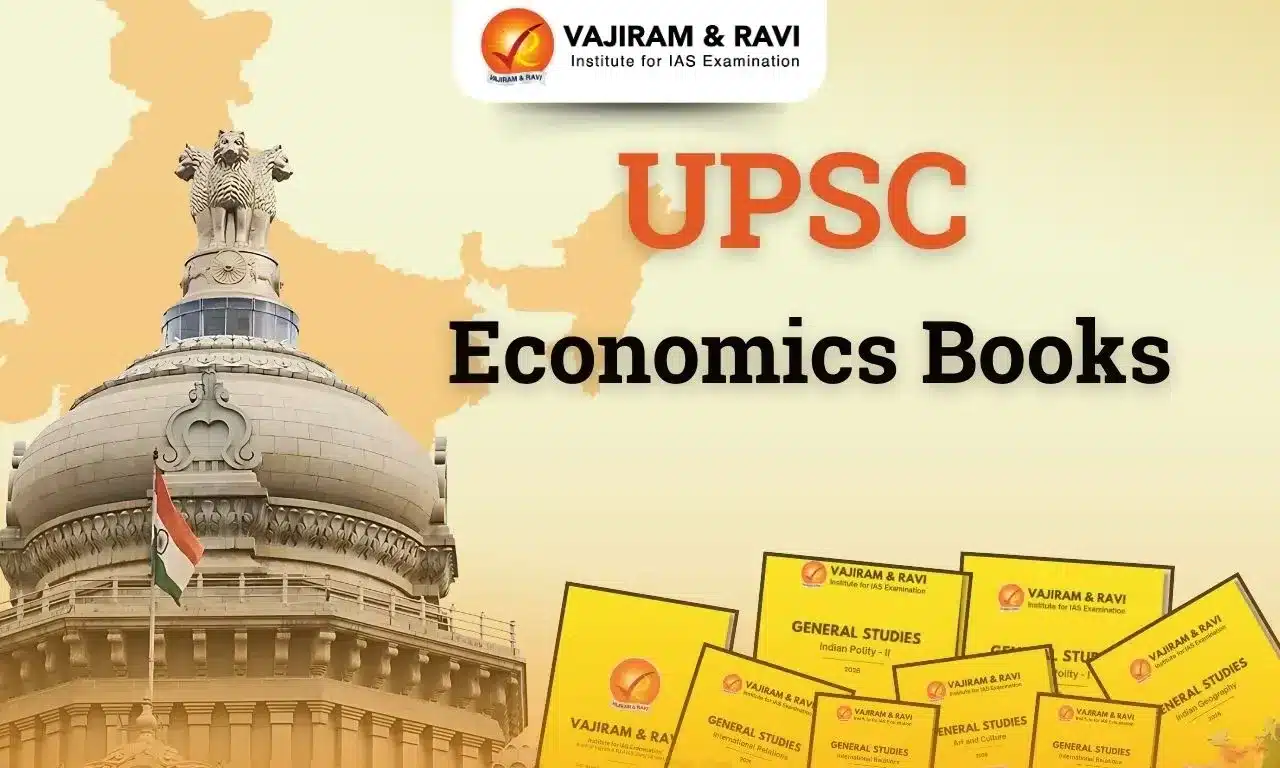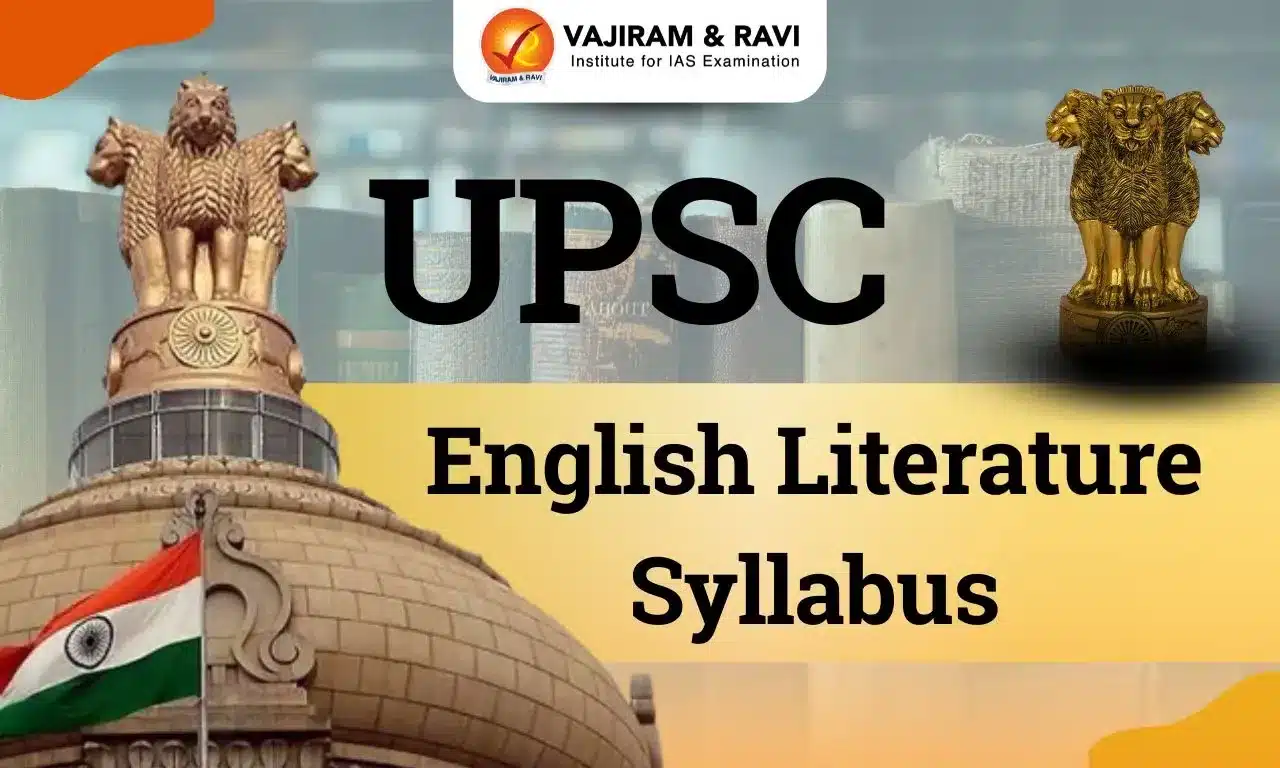Among the 48 optional subjects in the UPSC Exam, Statistics Optional is one of the least preferred due to its technical and specialized nature. Many candidates avoid it because of its mathematical concepts and challenging syllabus. However, for those with a solid understanding of probability, sampling, and data analysis, Statistics Optional can be a scoring subject with limited competition. This article covers the detailed UPSC Statistics Syllabus, link to download PDF, and other essential details.
UPSC Statistics Syllabus
Statistics is a subject that includes collection, organization, analysis, interpretation, and presentation. Candidates with a strong interest in mathematical subjects and a preference for technical concepts may find Statistics Optional a suitable choice. The UPSC Statistics Syllabus is often aligned with topics covered in related graduation. Like other optional subjects, it consists of two papers, Paper 1 and Paper 2, each carrying 250 marks. With a clear understanding of the core concepts, candidates can score well in this subject.
UPSC Statistics Syllabus for Paper 1
The UPSC Statistics Syllabus for Paper 1 includes the topics which are theoretical and fundamental concepts of statistics. For a detailed subject description, refer to the table below.
|
UPSC Statistics Syllabus for Paper 1 |
|
|
Topic |
Subtopics |
|
Probability |
|
|
Statistical Inference |
|
|
Linear Inference and Multivariate Analysis |
|
|
Sampling Theory and Design of Experiments |
|
UPSC Statistics Syllabus for Paper 2
The UPSC Statistics Syllabus for Paper 2 includes the topics like official statistics, demography, and psychometry. For a detailed subject description, refer to the table below.
|
UPSC Statistics Syllabus for Paper 2 |
|
|
Topic |
Subtopics |
|
Industrial Statistics |
|
|
Optimization Techniques |
|
|
Quantitative Economics and Official Statistics |
|
|
Demography and Psychometry |
|
UPSC Statistics Optional Syllabus PDF
The UPSC Statistics Optional Syllabus consists of two papers — Paper 1 and Paper 2, each carrying a weightage of 250 marks. Both papers cover around 4 major subjects. Below is a direct link for UPSC Statistics Optional Syllabus PDF for candidates who are opting for Statistics as their optional subject.
UPSC Statistics Optional Syllabus 2026 Preparation Strategy
Preparing for the Statistics Optional in the UPSC Mains requires a focused and well-planned strategy. Candidates who are opting as optional subject can refer the below discussed UPSC Statistics Optional Syllabus Preparation Strategy:
- Carefully go through the syllabus for Paper 1 and Paper 2 to identify the key topics.
- Refer to standard textbooks and reliable study materials for an in-depth understanding.
- Prepare concise notes, especially for important formulas and concepts for quick revision.
- Solve previous years' question papers and participate in mock test series to refine your problem-solving skills.
- Focus on problem-solving, particularly in subjects like Structural Analysis, Fluid Mechanics, and Transportation Engineering.
- Analyze your performance after each test and revise challenging topics.
- Allocate dedicated time for consistent revision and problem-solving to strengthen your understanding.
- Consider joining a Statistics Optional coaching or seeking mentorship for expert feedback and guidance.
- Allocate dedicated time for regular revision to strengthen your command to the subject.
UPSC Statistics Optional Books
To effectively cover the Statistics Optional Syllabus for the UPSC Mains, candidates should refer to the standard reference books which helps in building conceptual clarity. Below we have shared the list of UPSC Statistics Optional Books that an appearing candidate who is opting for the Statistics as the optional subject:
|
UPSC Statistics Optional Books |
|
|
Book Name |
Author |
|
An Introduction to Probability Theory & Mathematical Statistics |
V K Rohtagi |
|
Introductory Probability and Statistical Applications |
Paul Meyer |
|
An Outline of Statistical Theory (2 Vol.) |
A M Goon, M K Gupta, and B. Dass Gupta |
|
Fundamentals of Applied Statistics |
S C Gupta and V K Kapoor |
|
Fundamentals of Mathematical Statistics |
A C Gupta and V K Kapoor |
|
Fundamentals of Statistics (2 Vol.) |
A M Goon, M K Gupta, and B Dass Gupta |
|
Sampling Techniques |
William G. Cochran |
|
Sampling Theory of Surveys with Applications |
B. V Sukhatme & B V Sukhatme |
| Other Related UPSC Optional Syllabus | ||
|---|---|---|
|
UPSC Animal Husbandry & Veterinary Science Optional Syllabus |
|
|
Last updated on December, 2025
→ Check out the latest UPSC Syllabus 2026 here.
→ Join Vajiram & Ravi’s Interview Guidance Programme for expert help to crack your final UPSC stage.
→ UPSC Mains Result 2025 is now out.
→ UPSC Notification 2026 is scheduled to be released on January 14, 2026.
→ UPSC Calendar 2026 is released on 15th May, 2025.
→ UPSC Prelims 2026 will be conducted on 24th May, 2026 & UPSC Mains 2026 will be conducted on 21st August 2026.
→ The UPSC Selection Process is of 3 stages-Prelims, Mains and Interview.
→ UPSC Result 2024 is released with latest UPSC Marksheet 2024. Check Now!
→ UPSC Toppers List 2024 is released now. Shakti Dubey is UPSC AIR 1 2024 Topper.
→ Also check Best IAS Coaching in Delhi
UPSC Statistics Syllabus FAQs
Q1. What are the subjects in statistics in UPSC?+
Q2. What is the 7/5/3 rule in UPSC?+
Q3. Is statistics a good optional for UPSC?+
Q4. What is the syllabus of statistics?+
Q5. Which subject is best for statistics?+
Tags: statistics optional syllabus UPSC upsc statistics syllabus

















